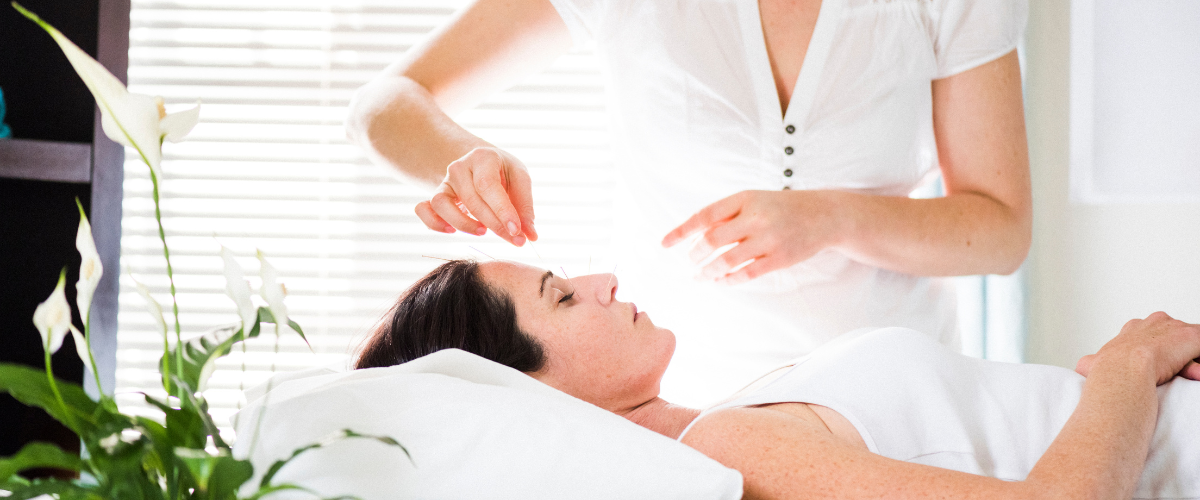Acupuncture, an ancient Chinese healing technique, has been used for centuries to alleviate various physical and mental ailments. One area where acupuncture has shown promising results is in managing back to back labor. This type of labor, also known as occiput posterior position, occurs when the baby’s head is positioned against the mother’s spine, causing intense back pain during contractions. Acupuncture offers a non-invasive and drug-free approach to address this issue by targeting specific acupoints to help relieve pain, promote relaxation, and potentially encourage optimal fetal positioning. In this article, we will explore how acupuncture can be a beneficial complementary therapy for women experiencing back to back labor, providing them with relief and support during childbirth.

What are the potential risks or complications of having back-to-back labors?
Having back-to-back labors, also known as closely spaced pregnancies, can pose several potential risks or complications for both the mother and the baby. These include an increased likelihood of preterm birth, low birth weight, uterine rupture, placental abnormalities, maternal exhaustion, and postpartum hemorrhage. Additionally, insufficient time between pregnancies may not allow the mother’s body to fully recover, leading to nutritional deficiencies, anemia, and other health issues. It is essential to consult with healthcare providers to understand and mitigate these risks before planning a subsequent pregnancy.

Is it possible to have a planned c-section if you’ve had back-to-back labors in the past?
Yes, it is possible to have a planned c-section if you’ve had back-to-back labors in the past. This decision would typically be made in consultation with a healthcare provider and would depend on various factors, such as the reasons for the previous labors and any associated risks or complications. A planned c-section may be recommended if there are concerns about the mother’s health or if a vaginal delivery poses potential risks to the baby. Ultimately, the choice between a vaginal birth or c-section would be based on individual circumstances and medical advice.
How can you minimize the pain and discomfort during back-to-back labors?
Minimizing pain and discomfort during back-to-back labors, where a woman experiences two consecutive labors without a break in between, can be achieved through various strategies. Firstly, maintaining good physical fitness and preparing the body for labor with exercises, such as prenatal yoga or walking, can help increase strength and endurance. Learning relaxation techniques like deep breathing, visualization, and mindfulness can aid in managing pain and promoting a calm mindset. Utilizing pain relief options such as epidurals or other medications, if desired and appropriate, can also provide relief. Finally, having a supportive birth team, including a partner, doula, or midwife, who can provide emotional and physical support throughout the process can significantly reduce anxiety and discomfort during back-to-back labors.
Are there any specific techniques or positions that back to back labour can help with progressing labor when back-to-back?
When dealing with back-to-back labor, there are several techniques and positions that can potentially help with progressing labor. These include using the hands and knees position, also known as the all-fours position, which can help relieve pressure on the baby’s spine and encourage rotation. Another technique is pelvic rocking or circling, where the mother gently moves her pelvis in a circular motion to help the baby navigate through the birth canal. Additionally, using a birthing ball can provide support and allow for more movement, helping the baby move into a better position. It is important to work closely with healthcare professionals who can provide guidance and support while using these techniques.
Can back-to-back labors increase the likelihood of needing medical interventions, such as forceps or vacuum extraction?

Yes, back-to-back labors, also known as occiput posterior position (OP), can increase the likelihood of needing medical interventions such as forceps or vacuum extraction. In this position, the baby’s head is facing forward instead of towards the mother’s back, which can make the labor process more challenging and prolonged. OP labors are often associated with intense back pain, slower progress, and increased risk of fetal distress. These factors can lead to a higher probability of medical interventions being required to assist with the delivery, such as using forceps or vacuum extraction to facilitate the birth of the baby.
